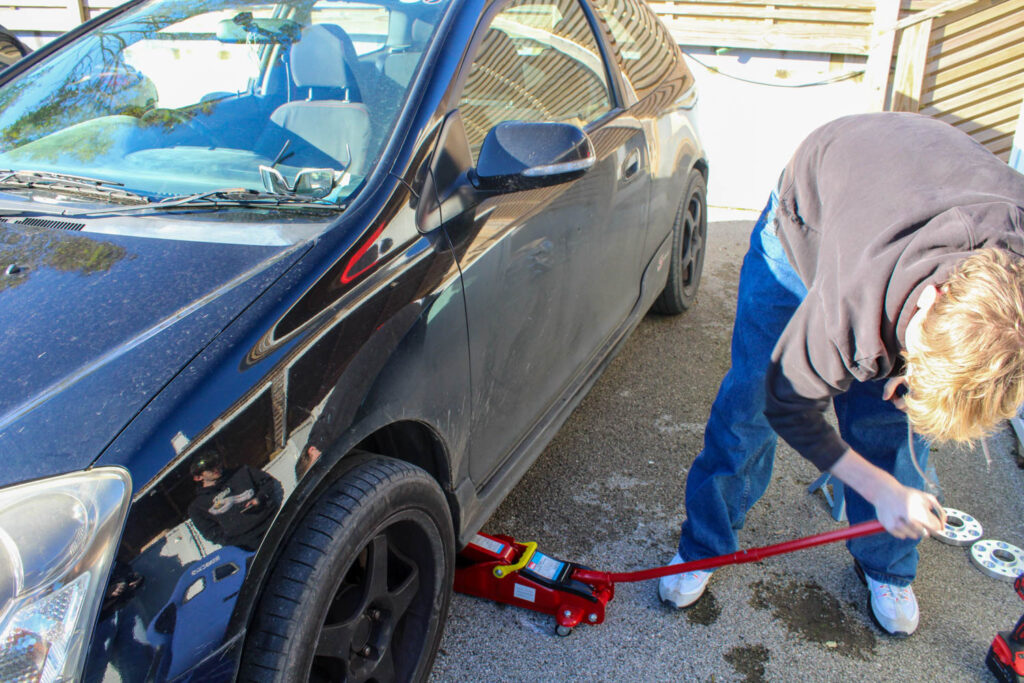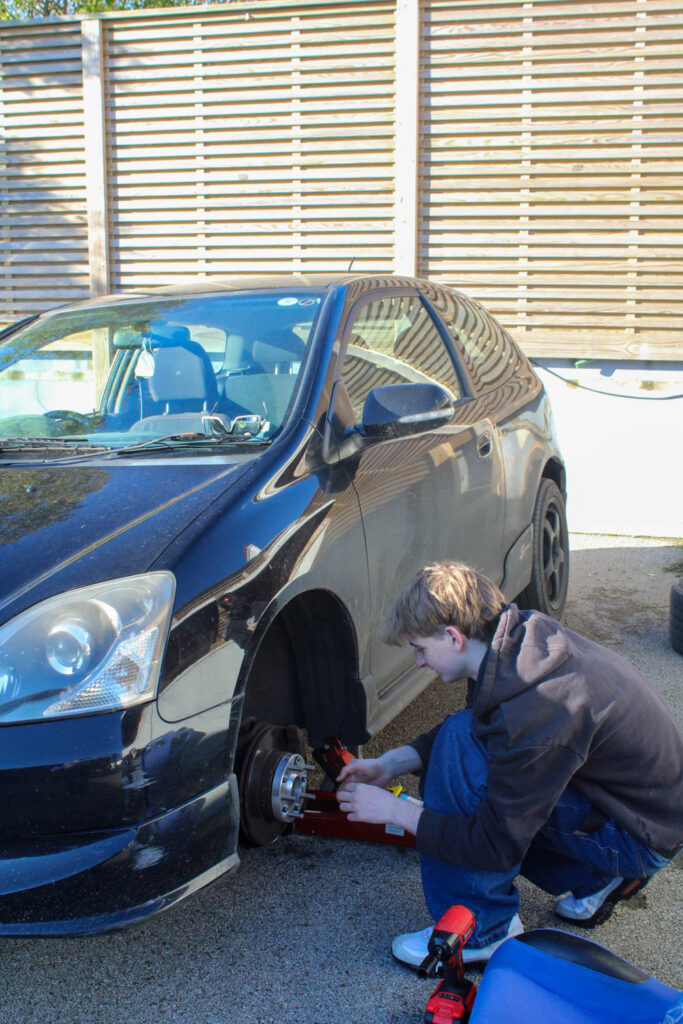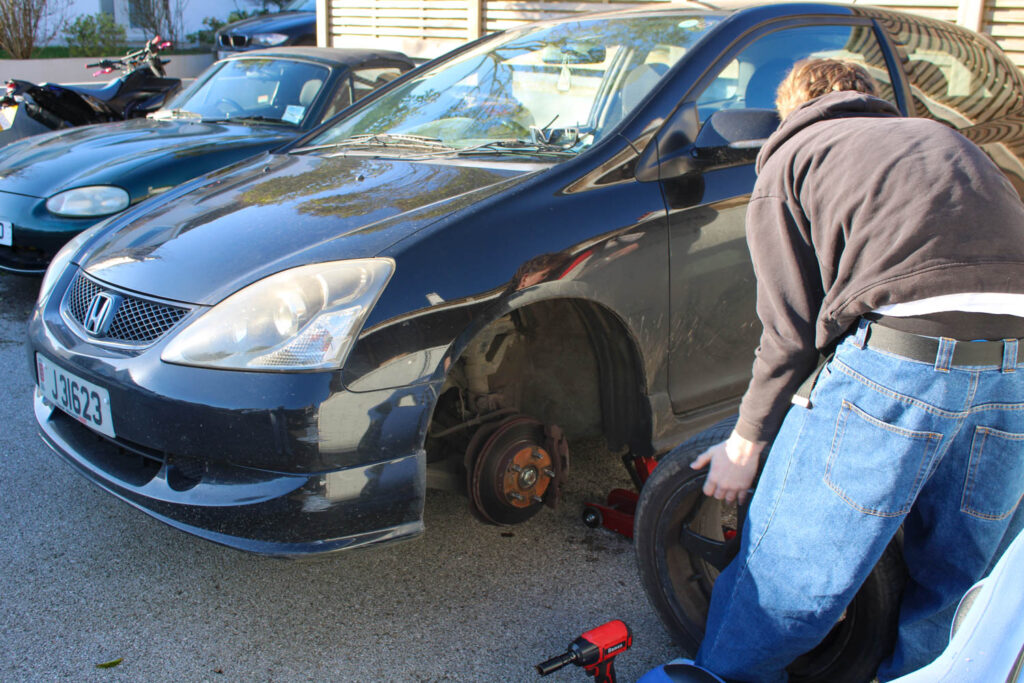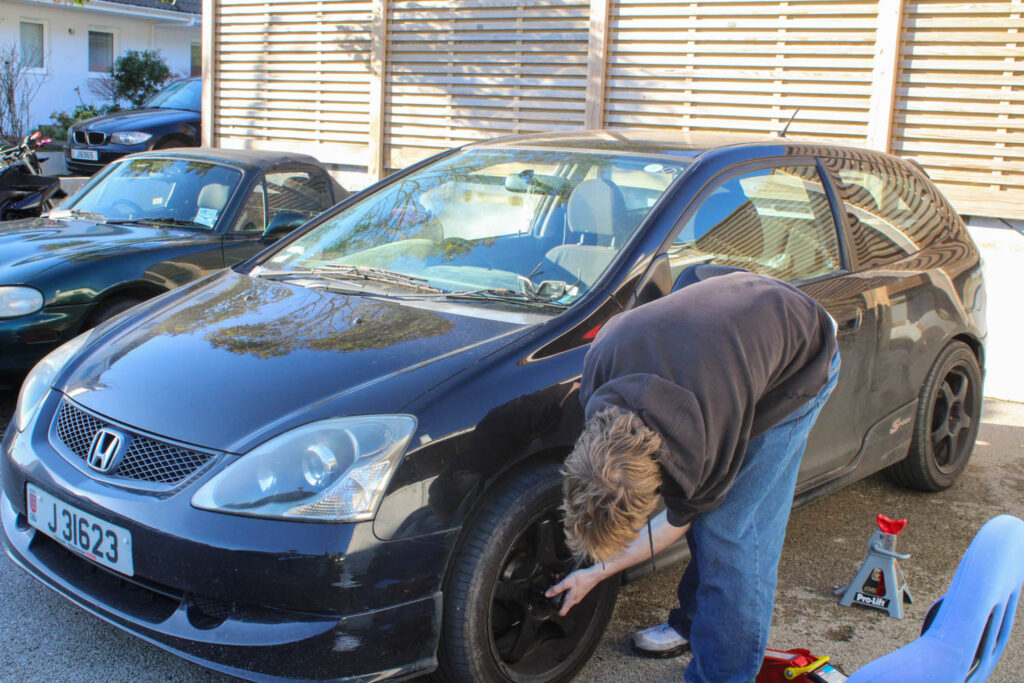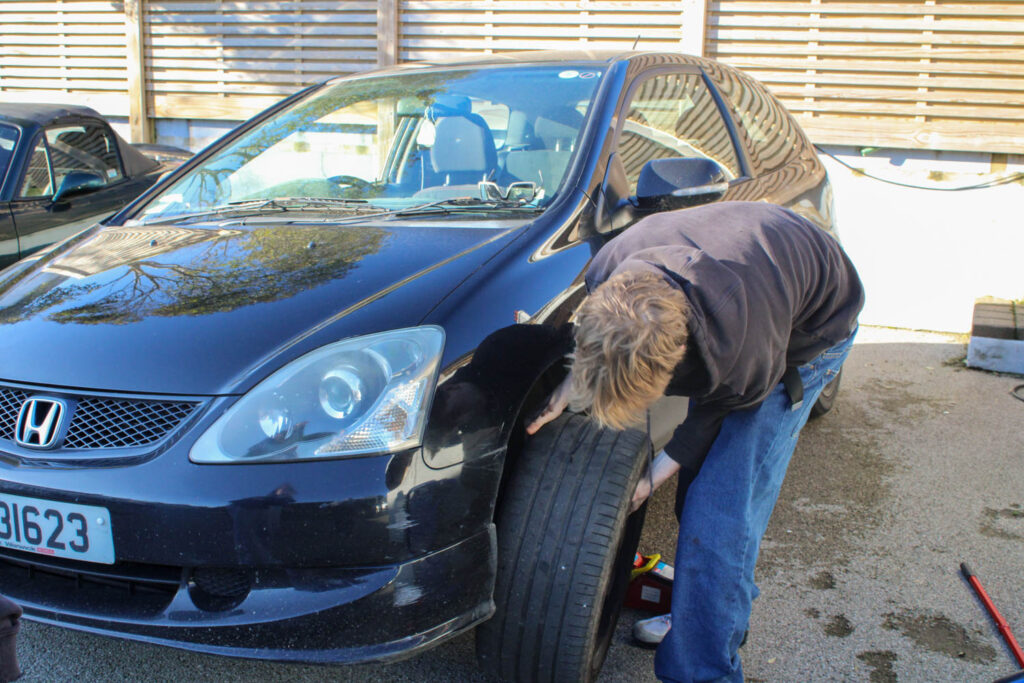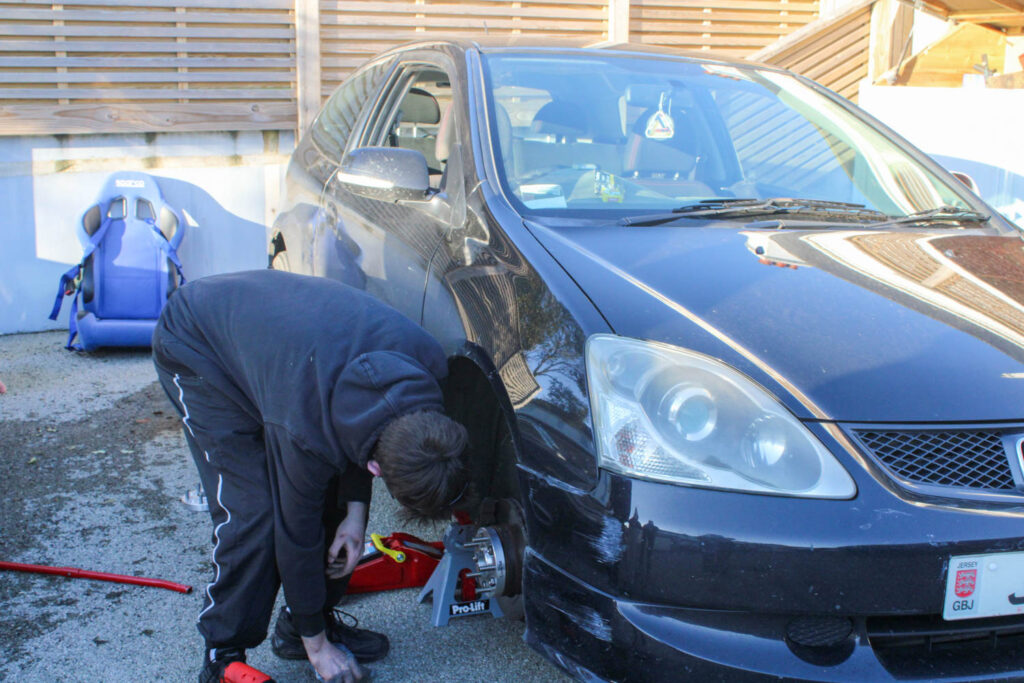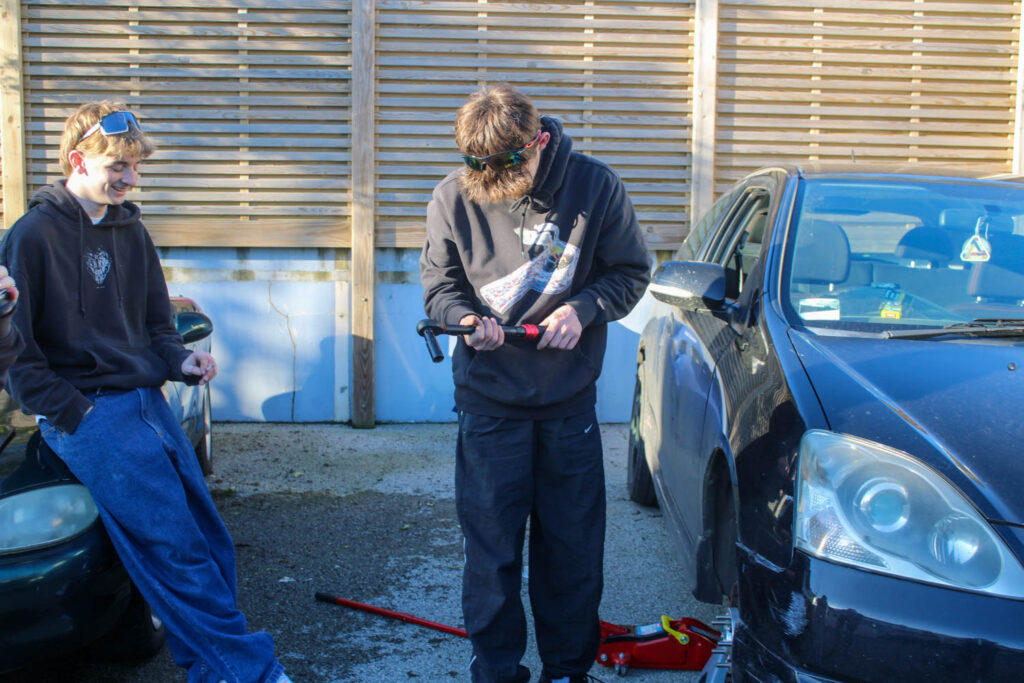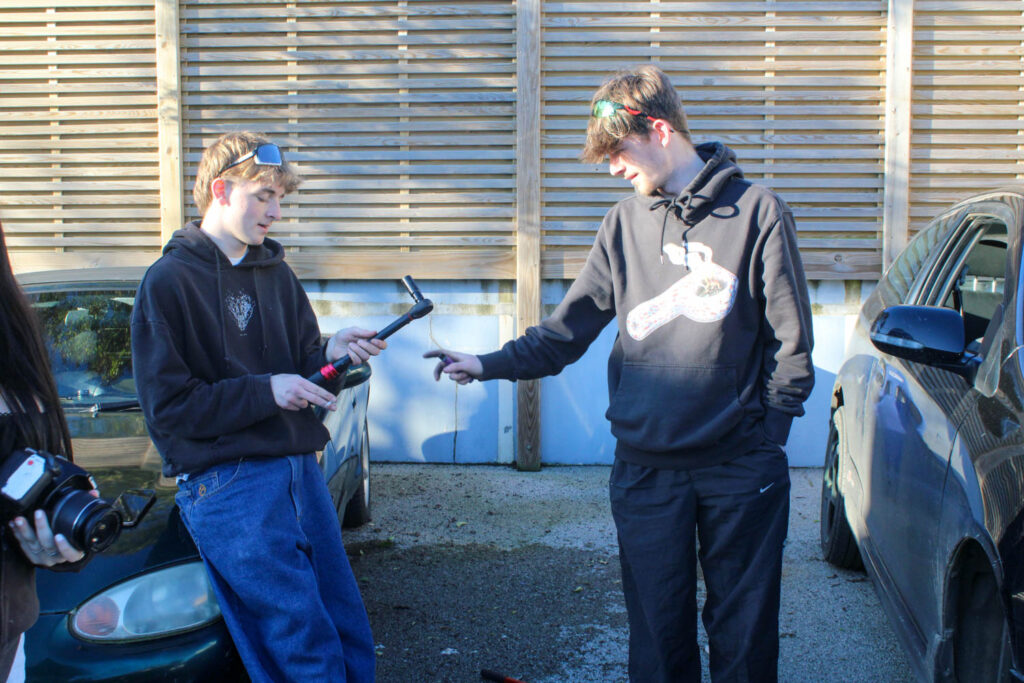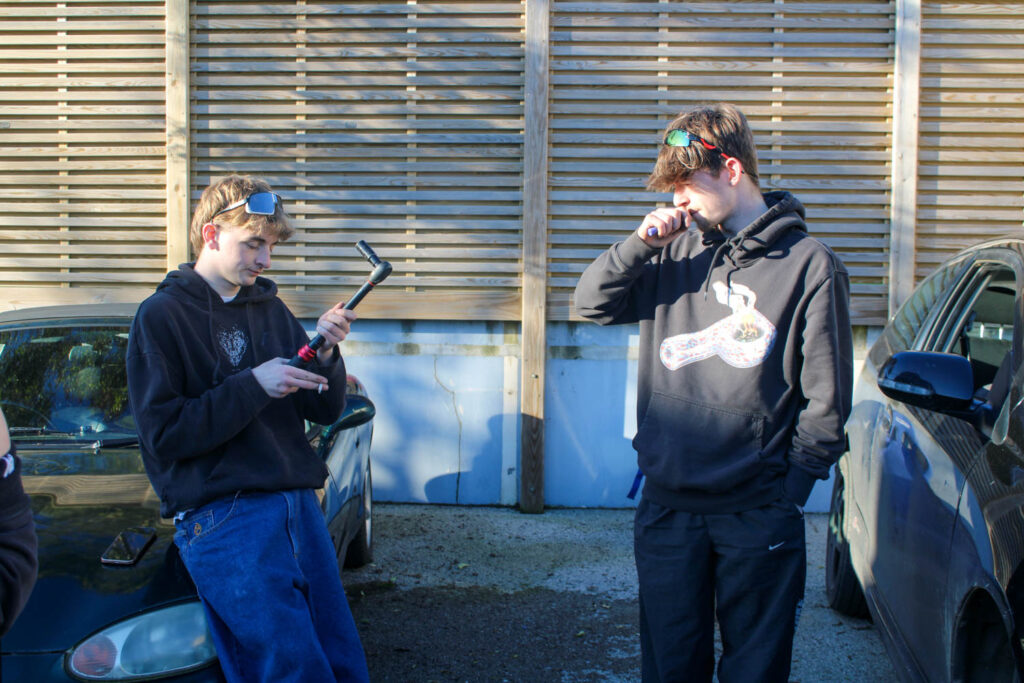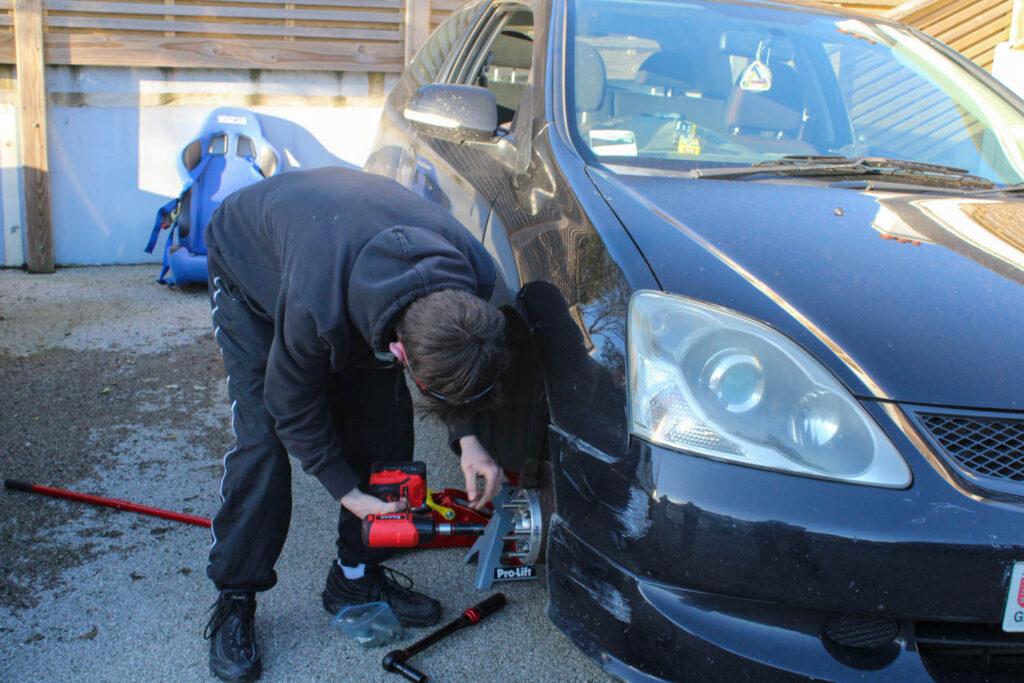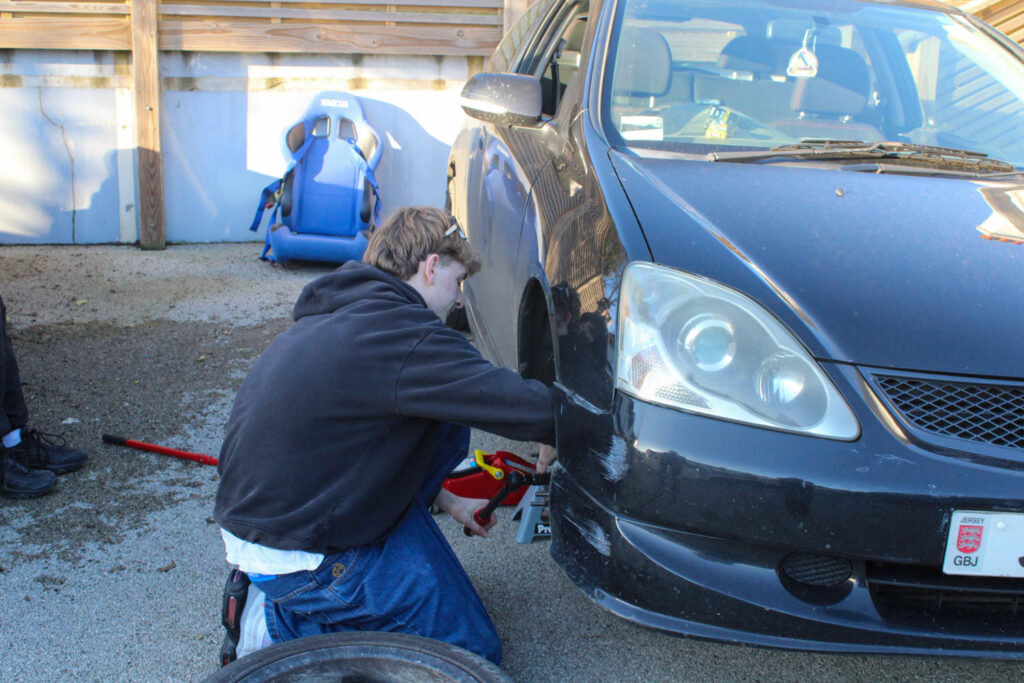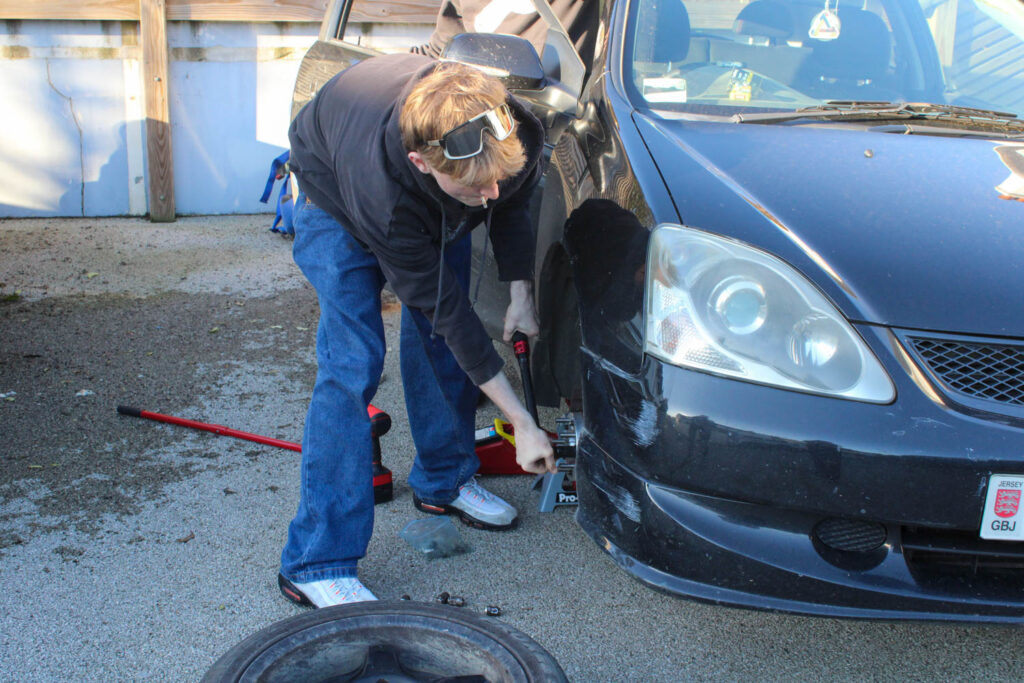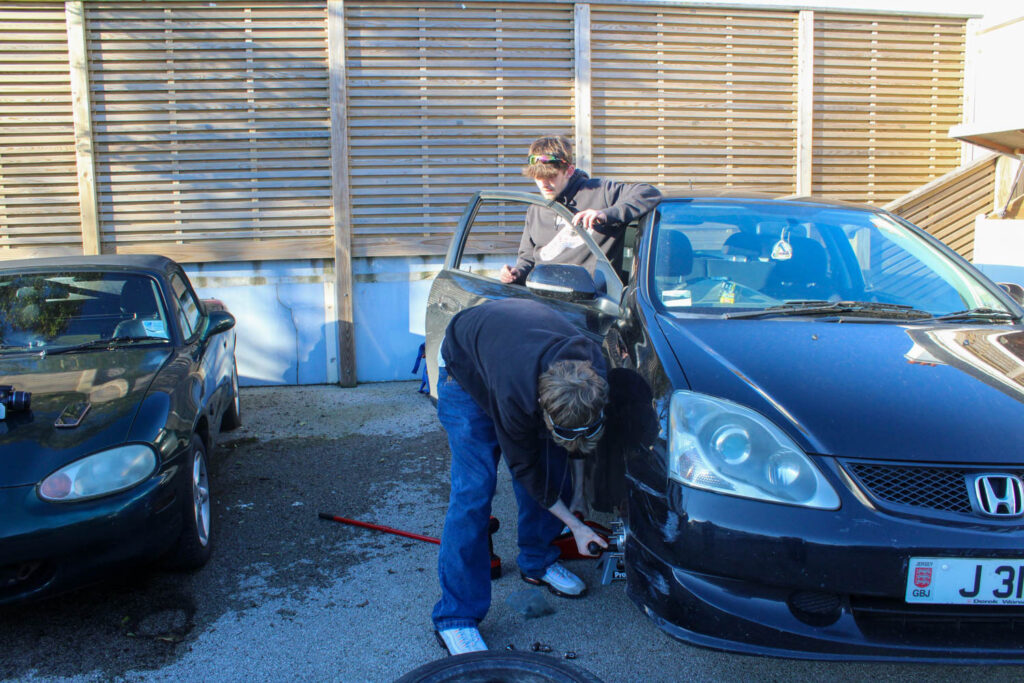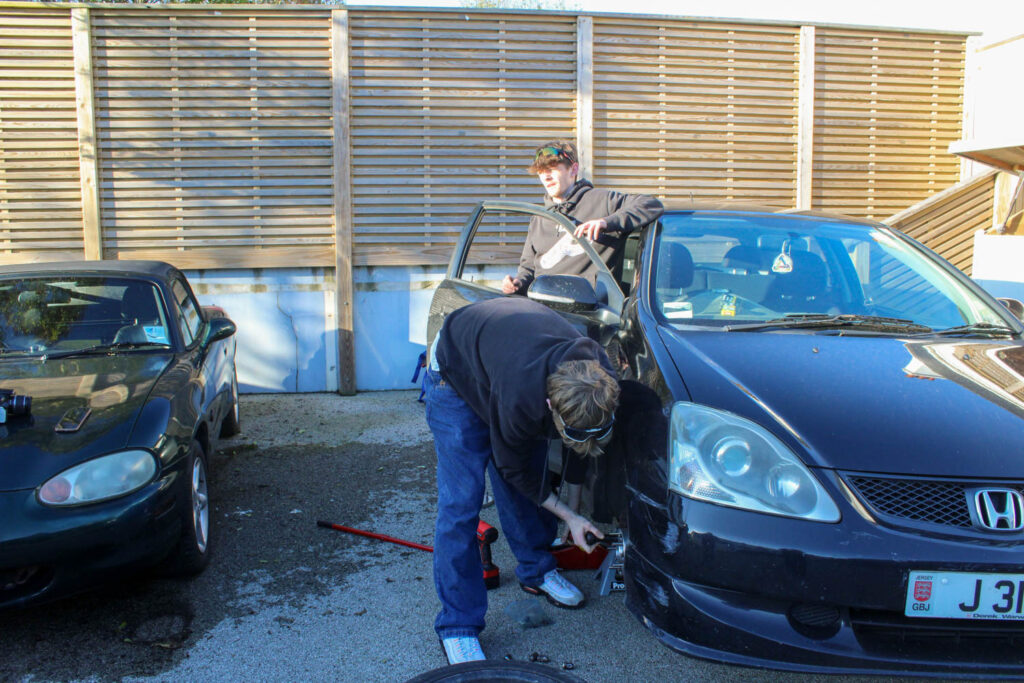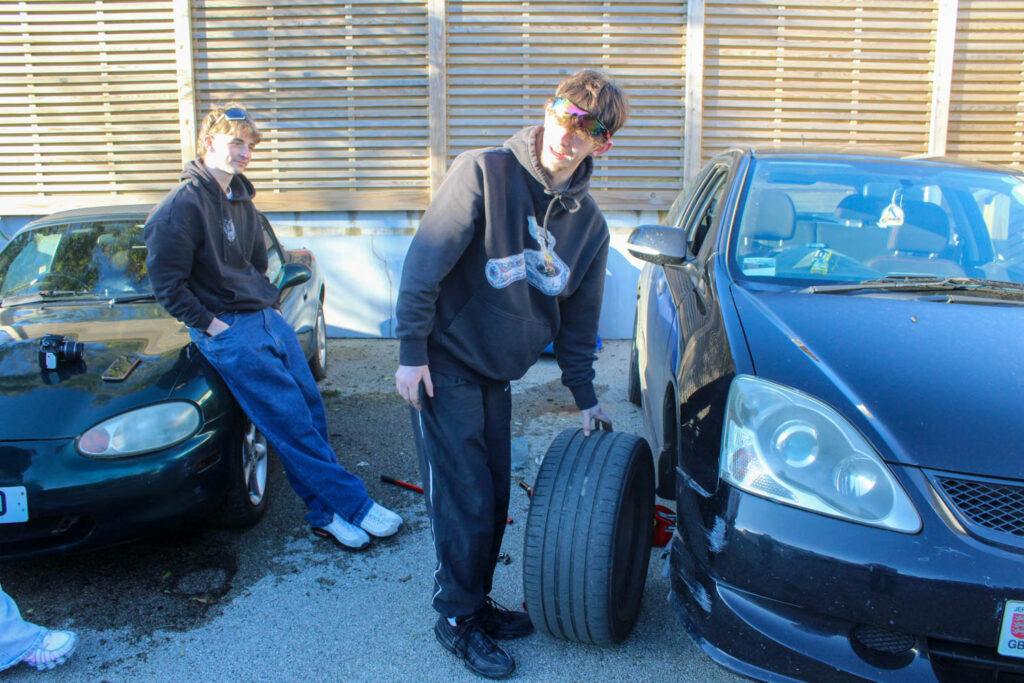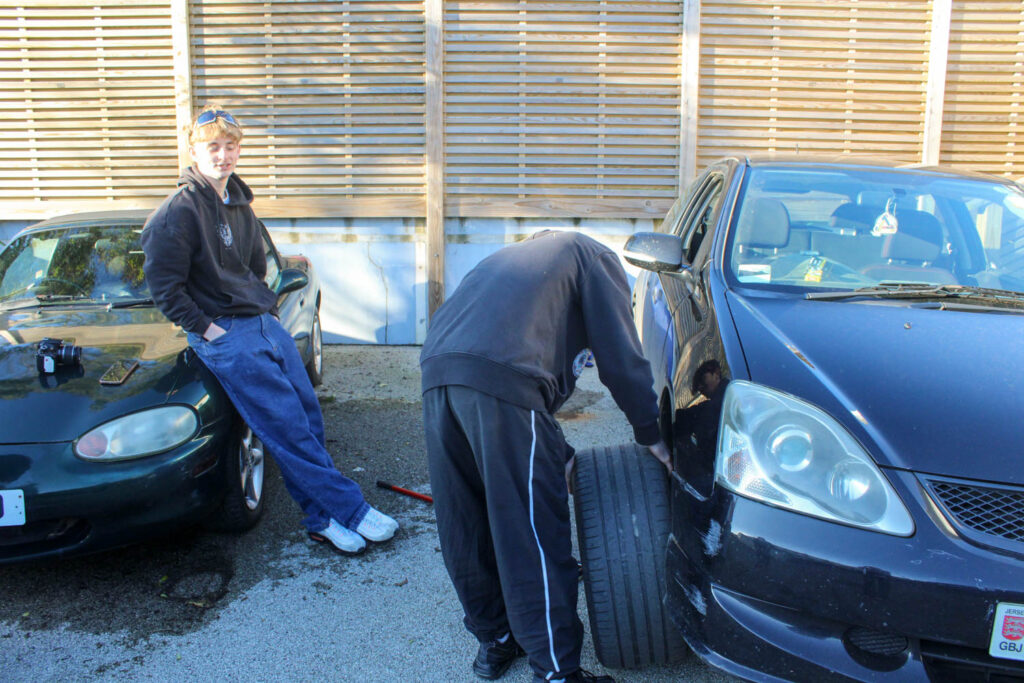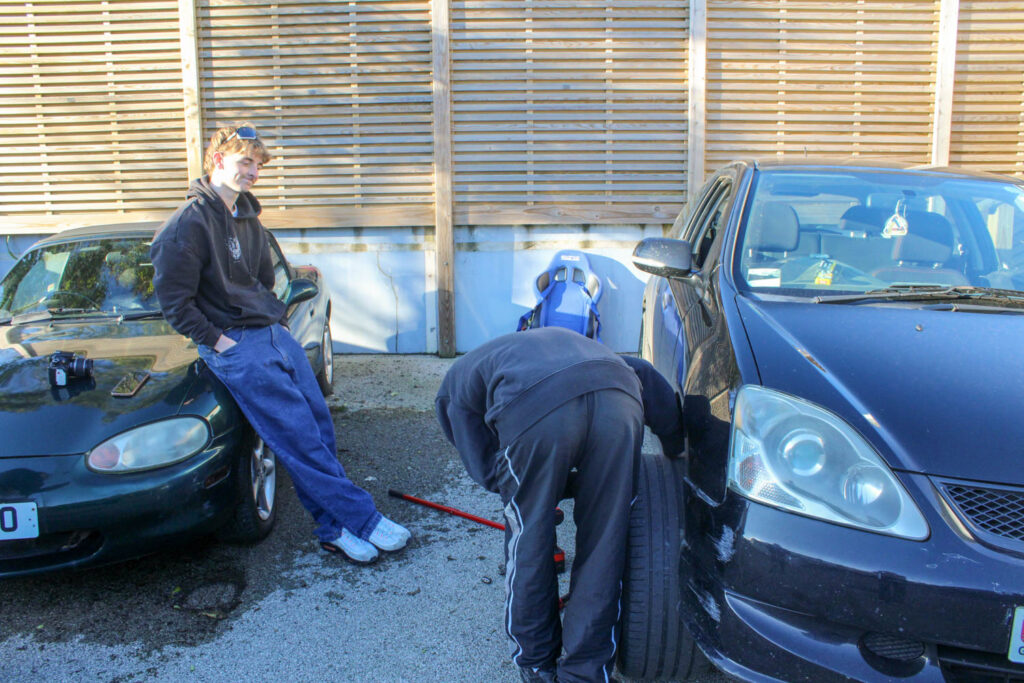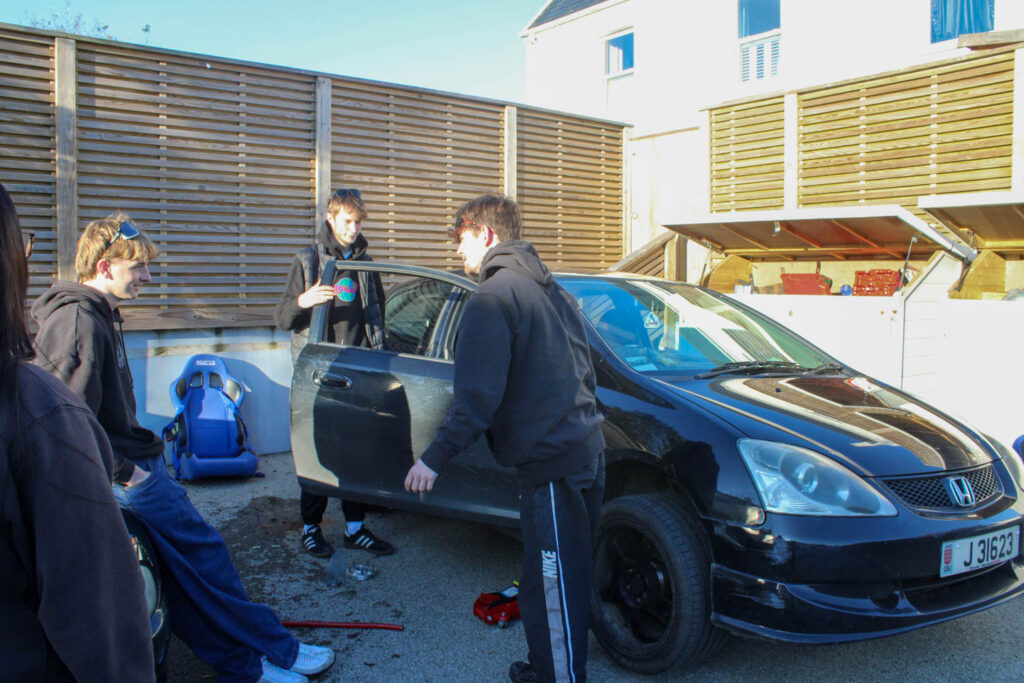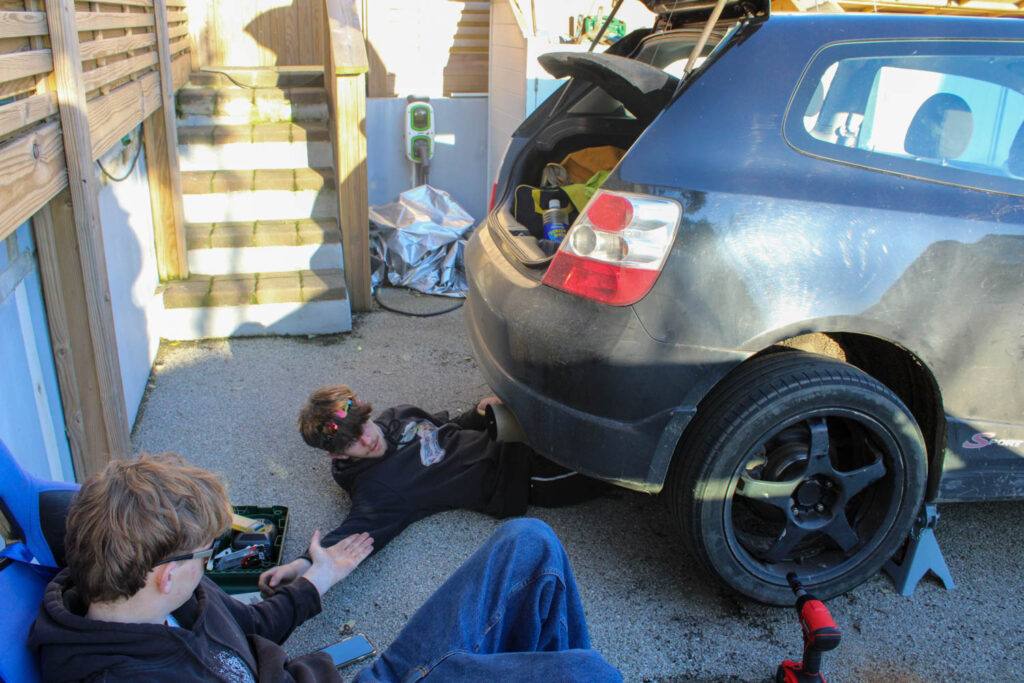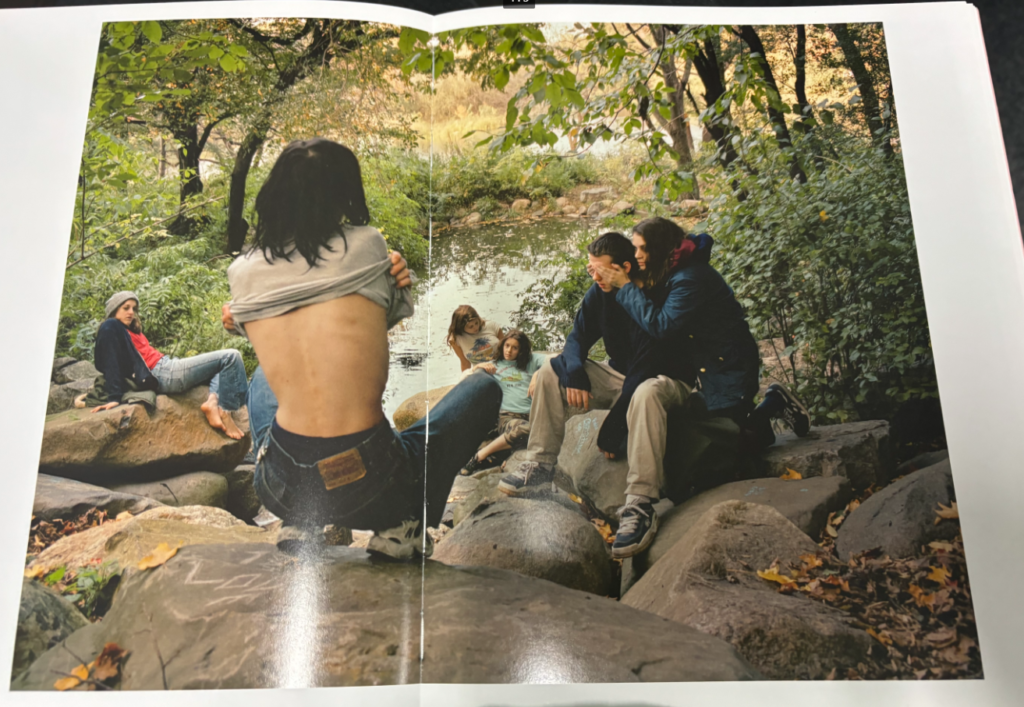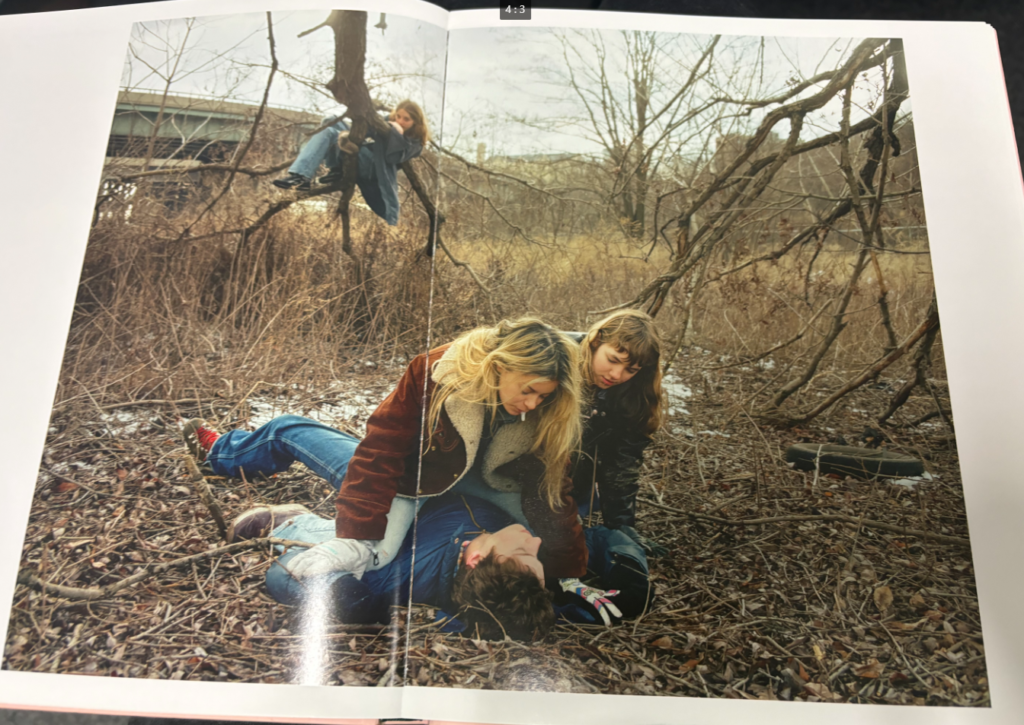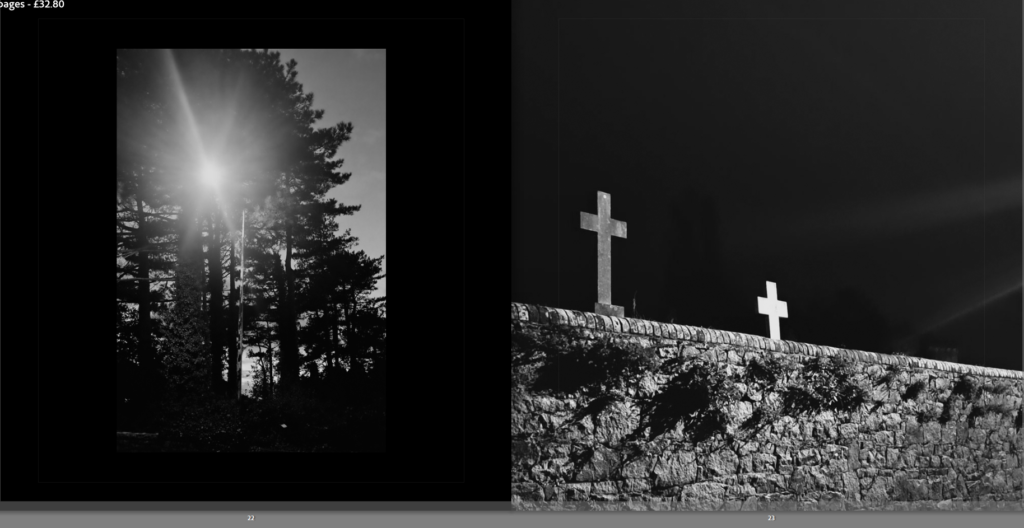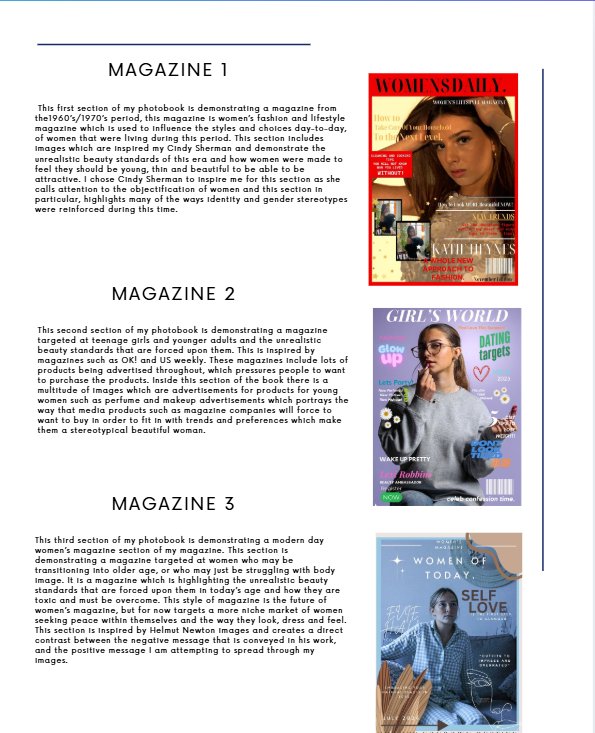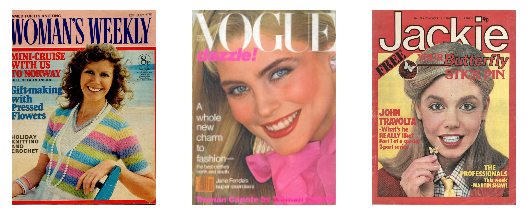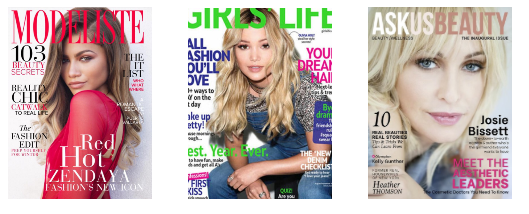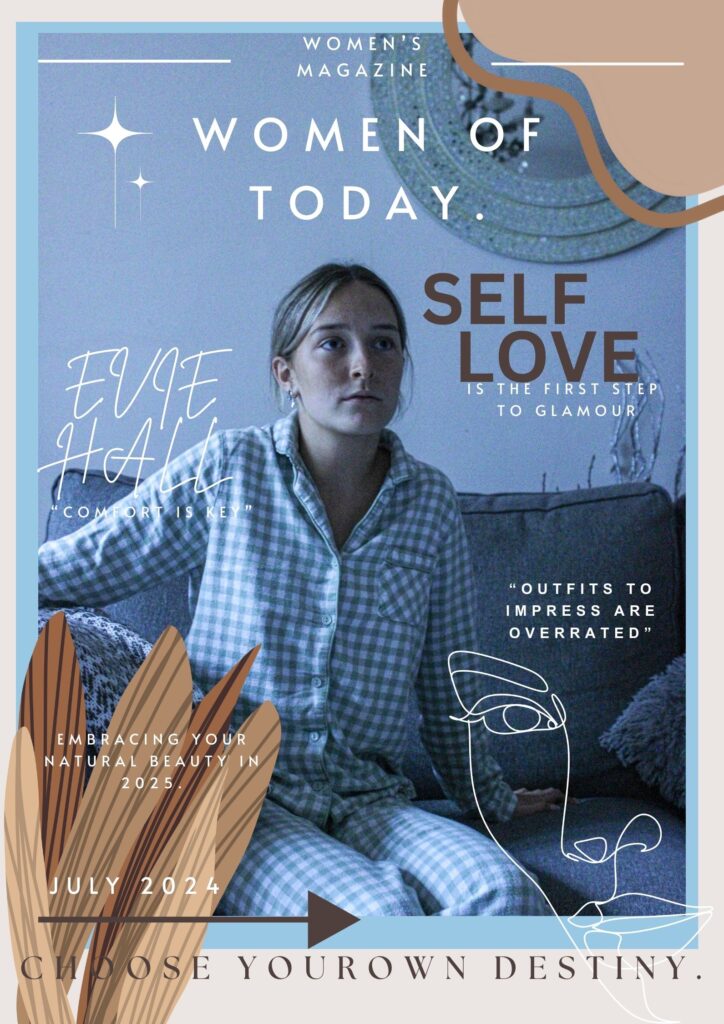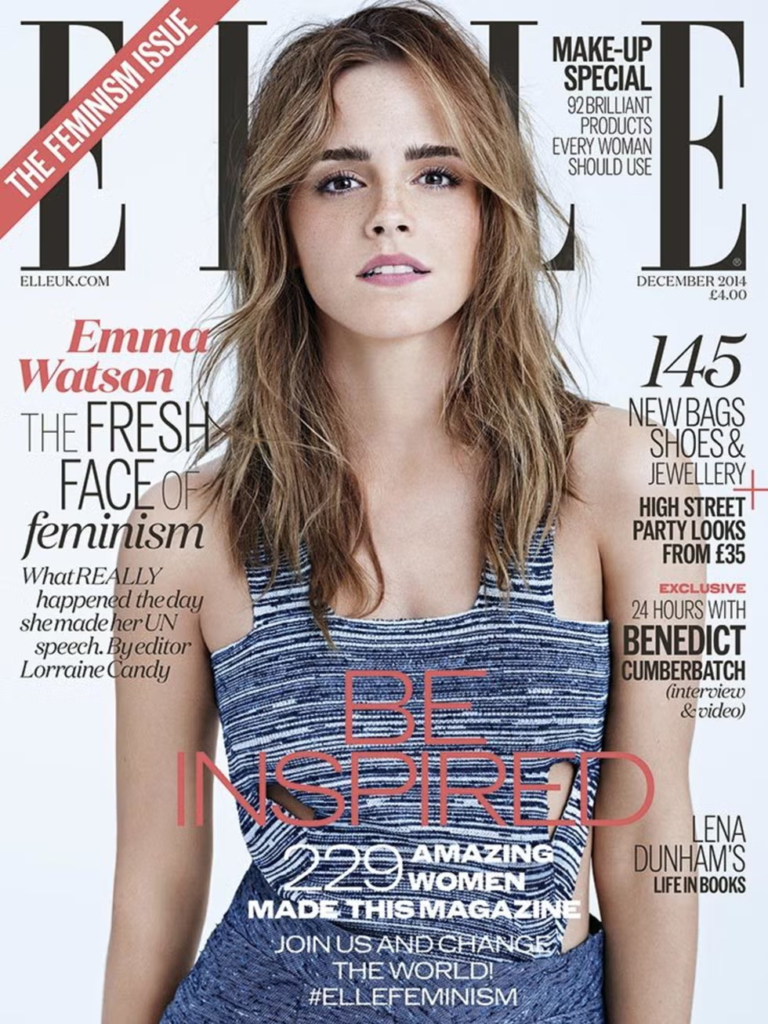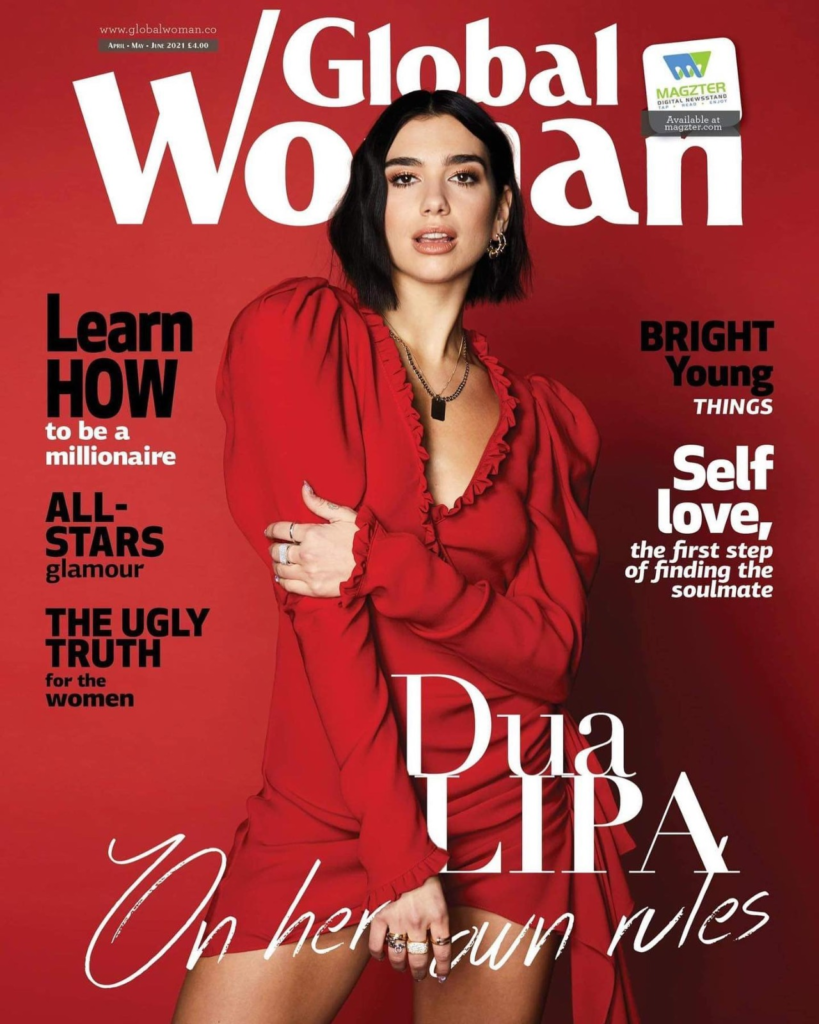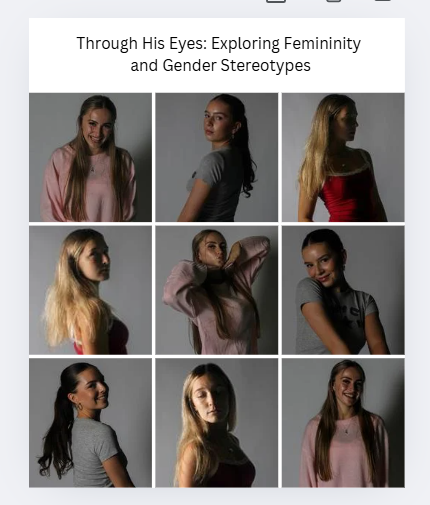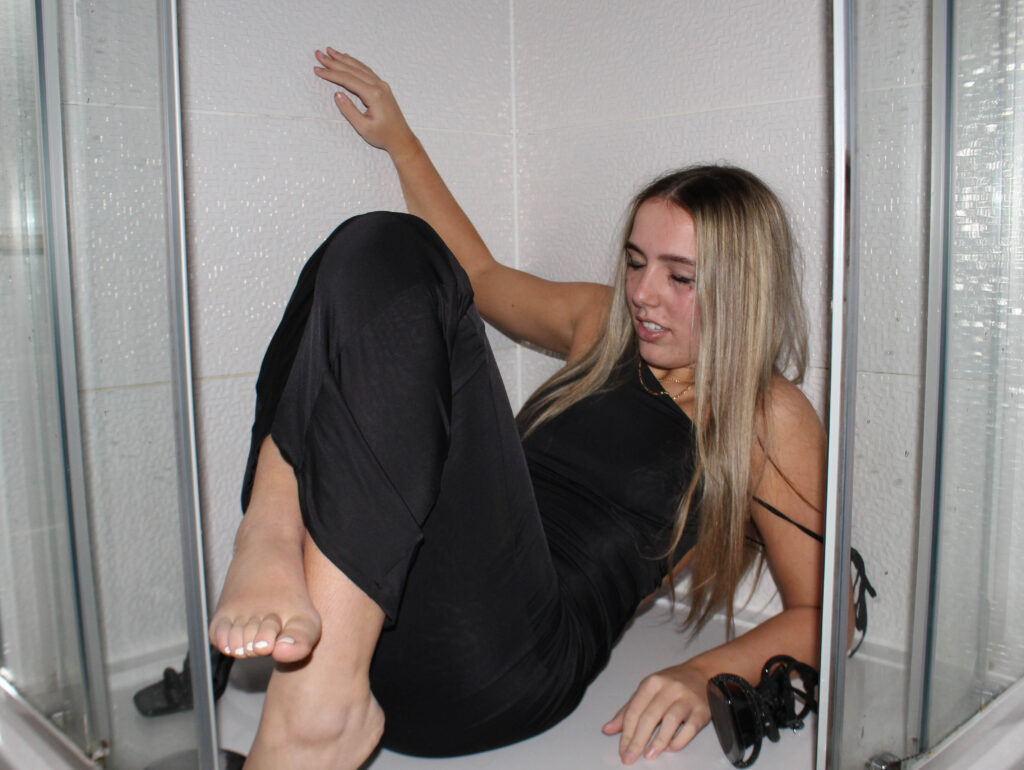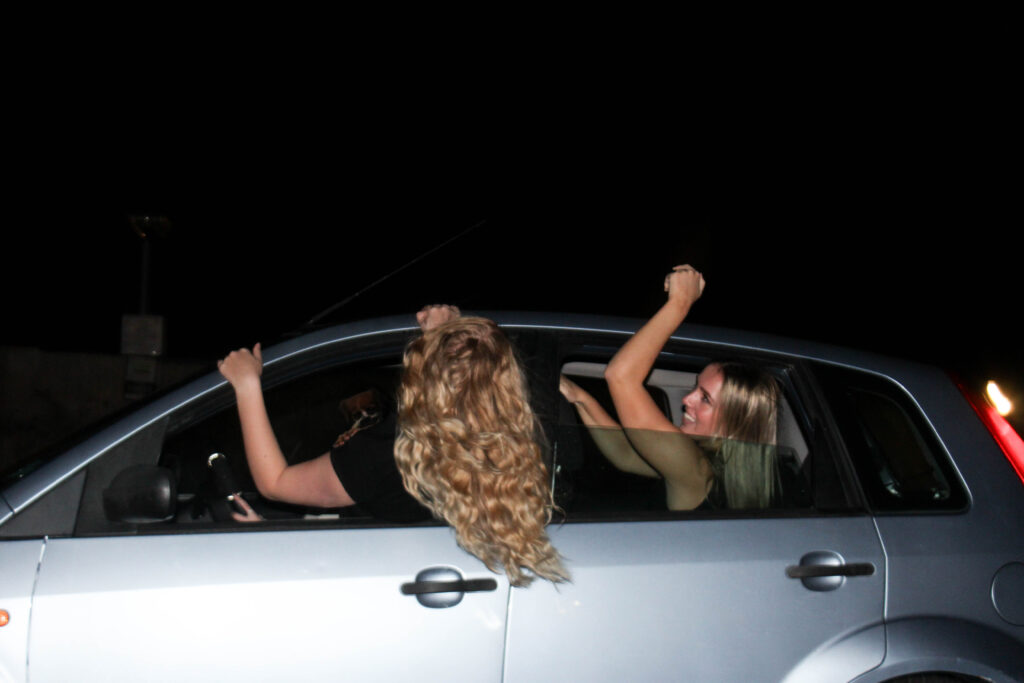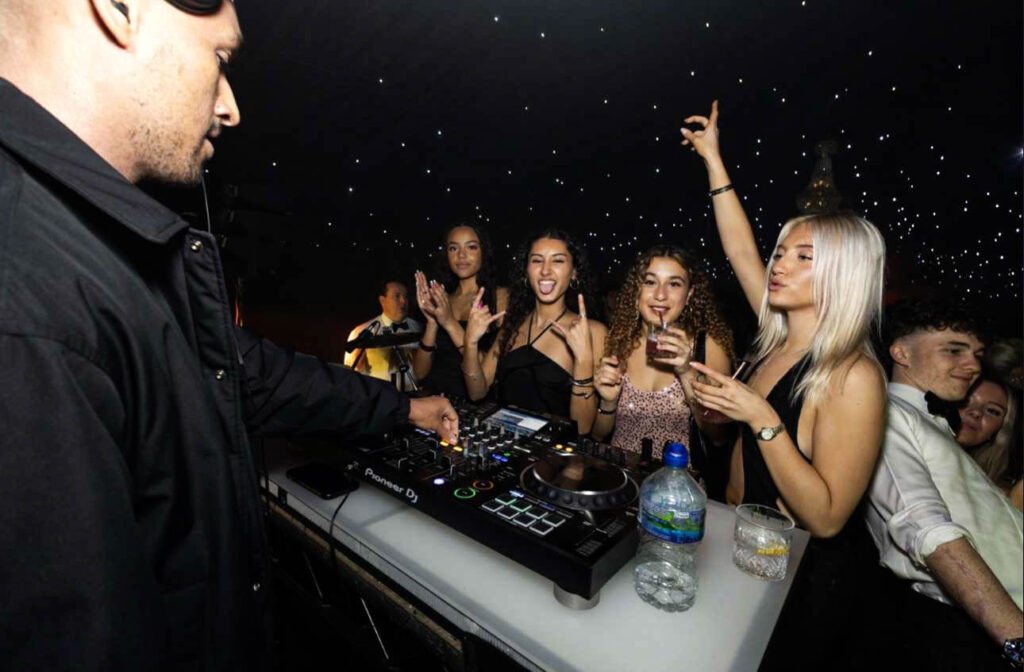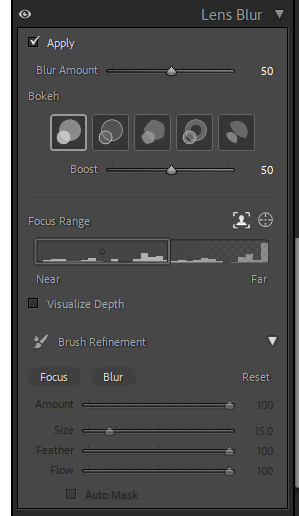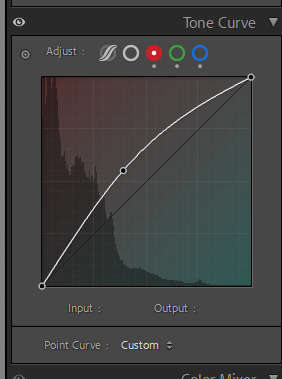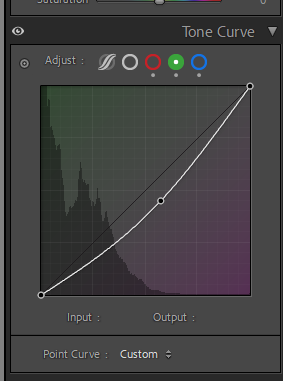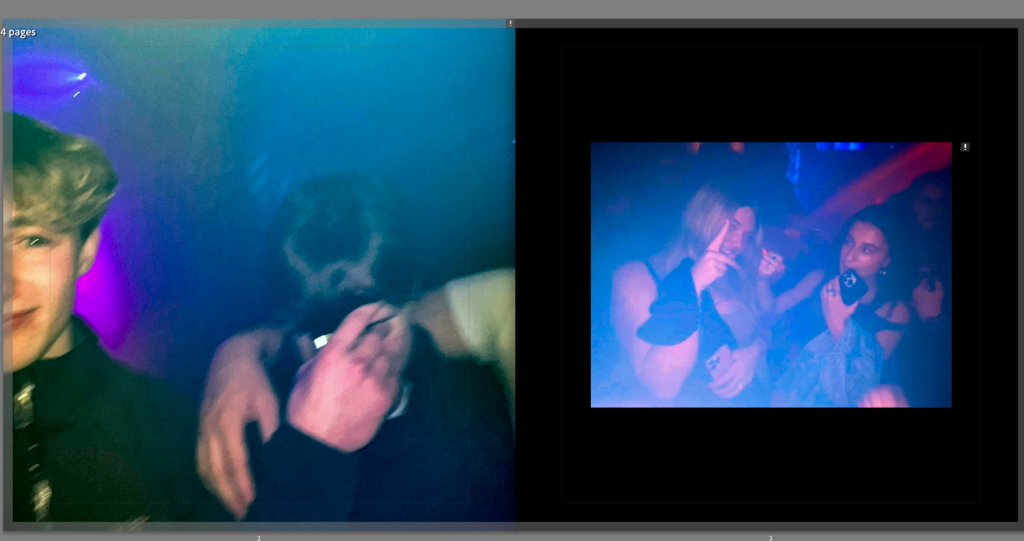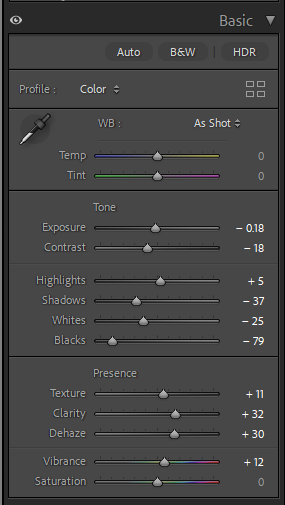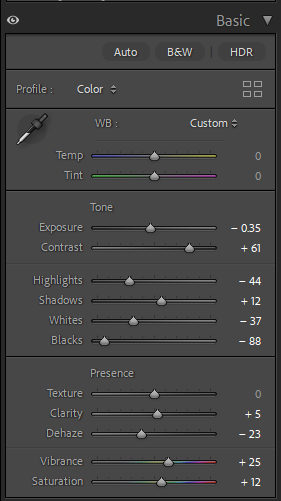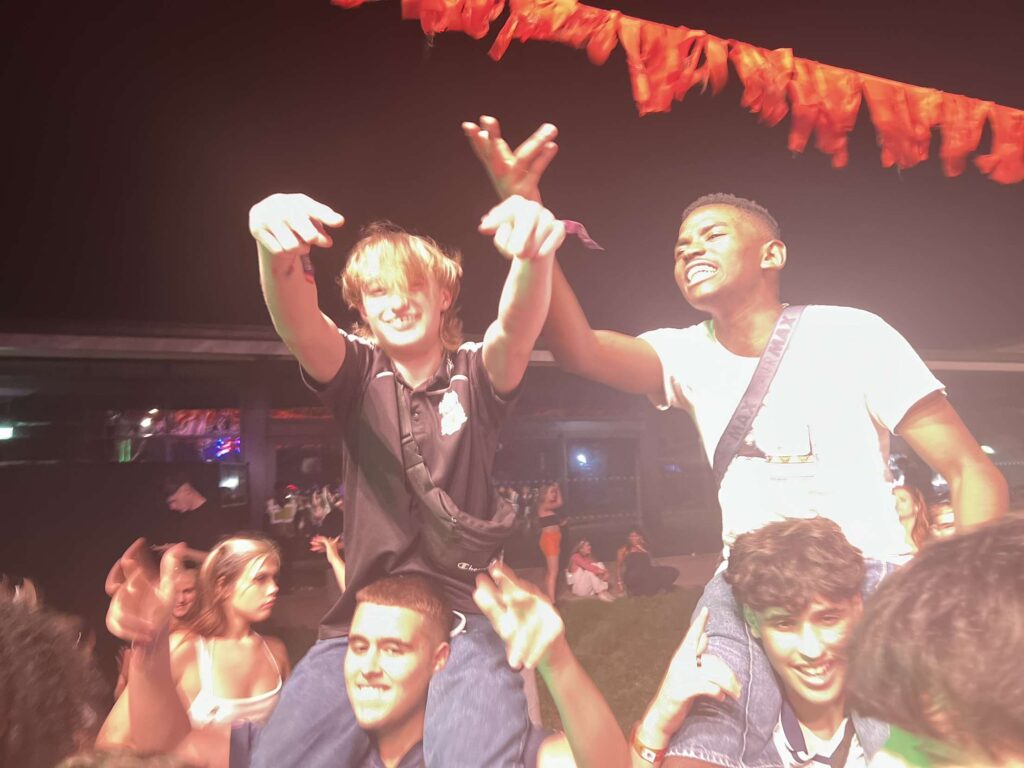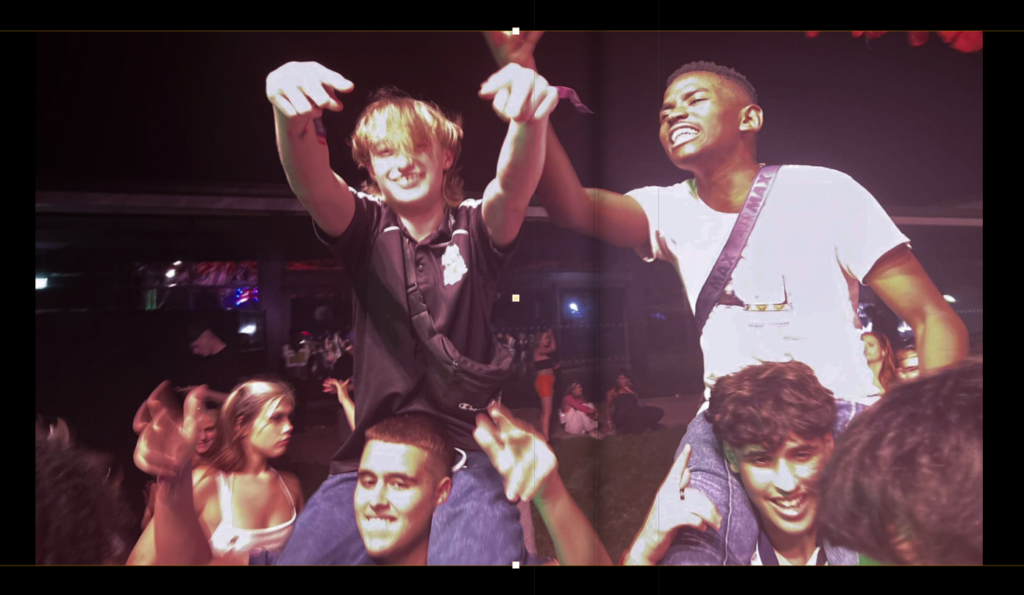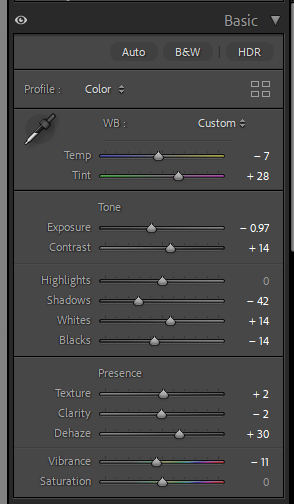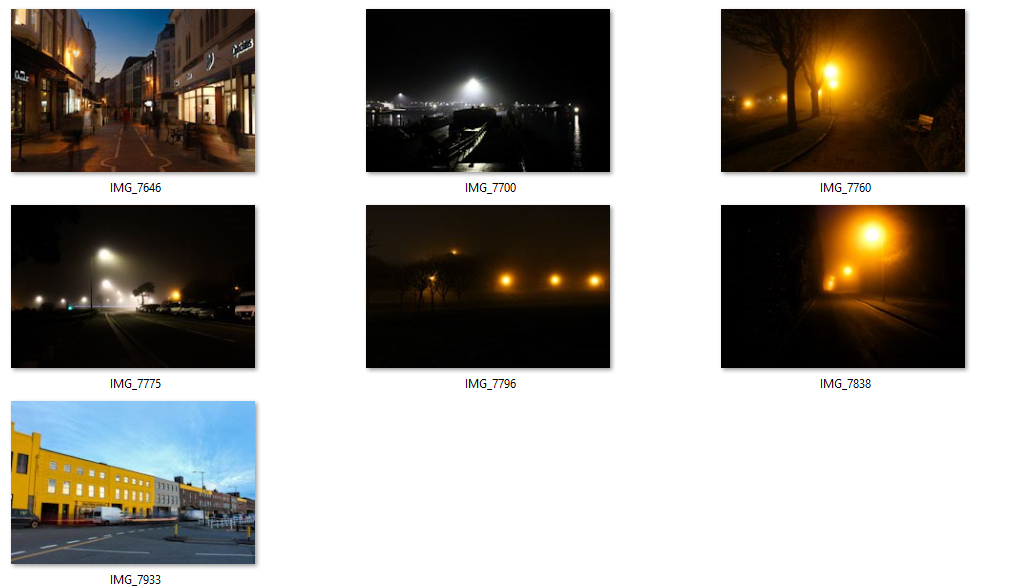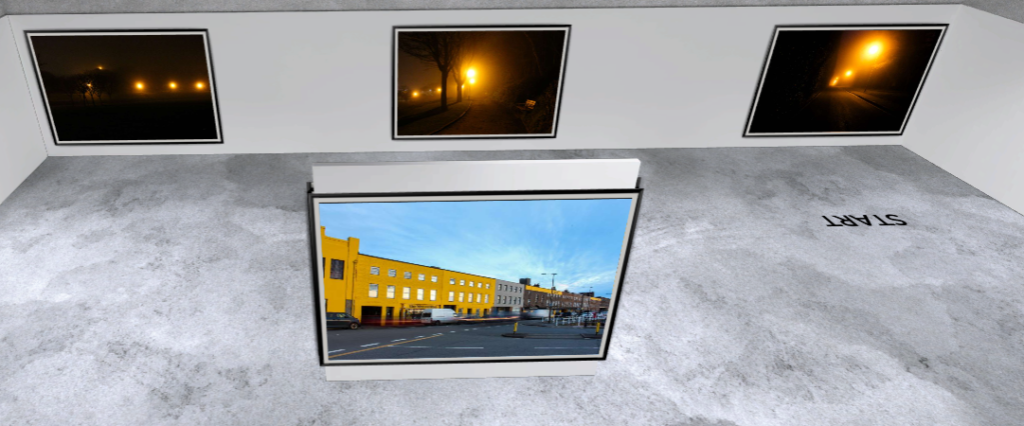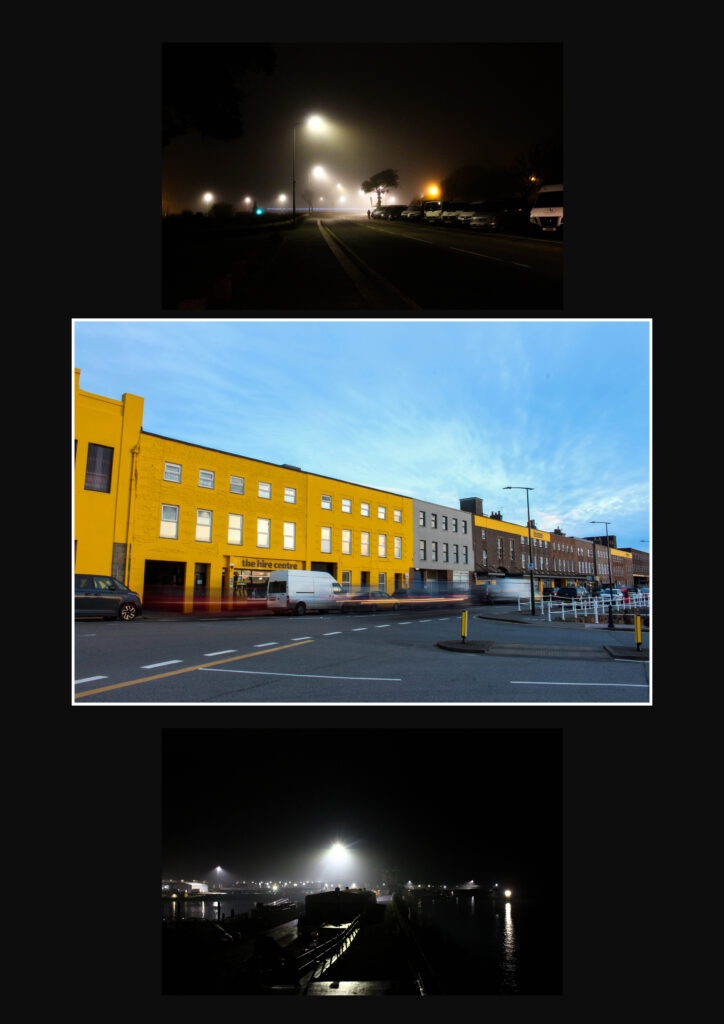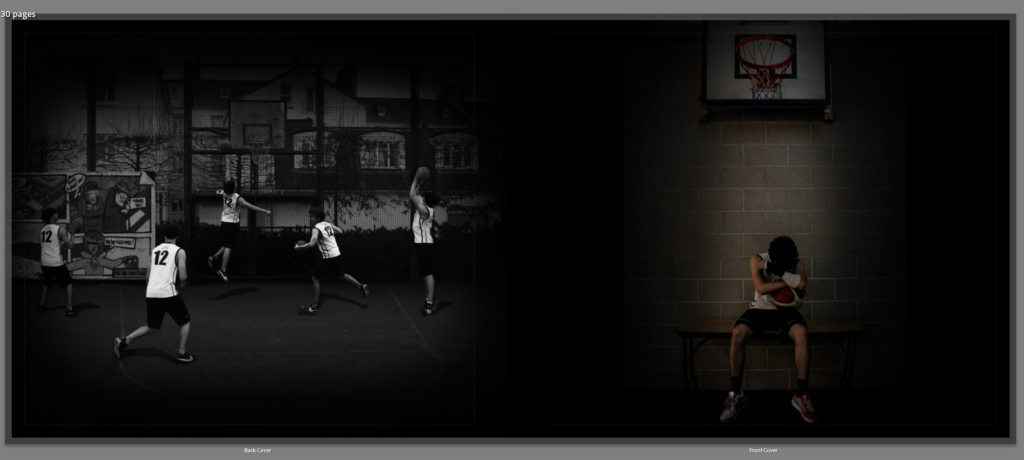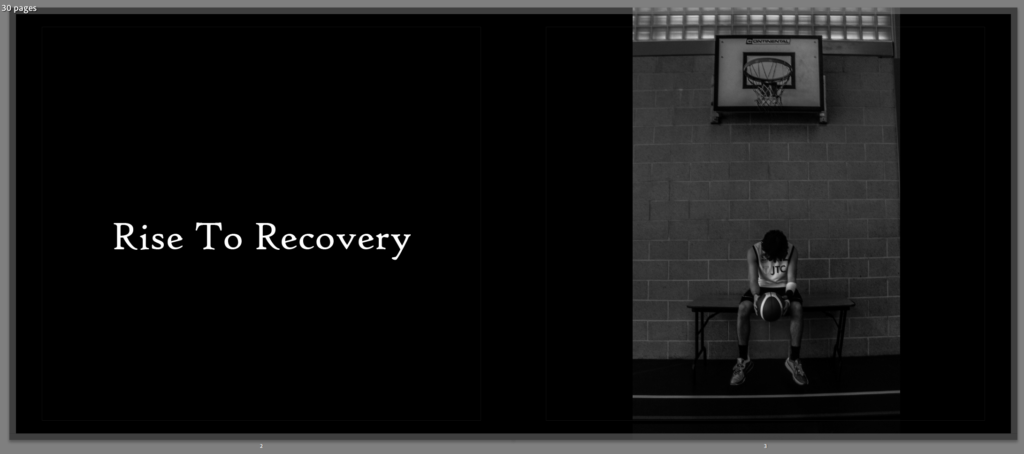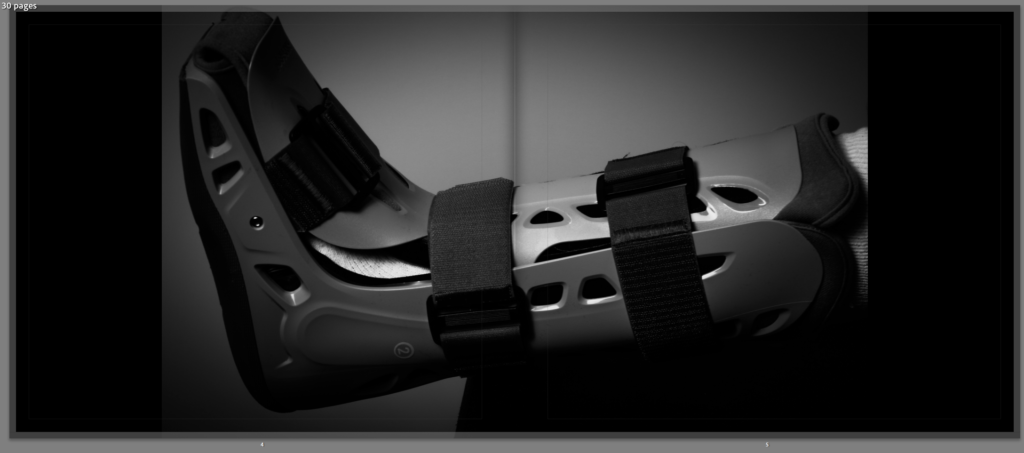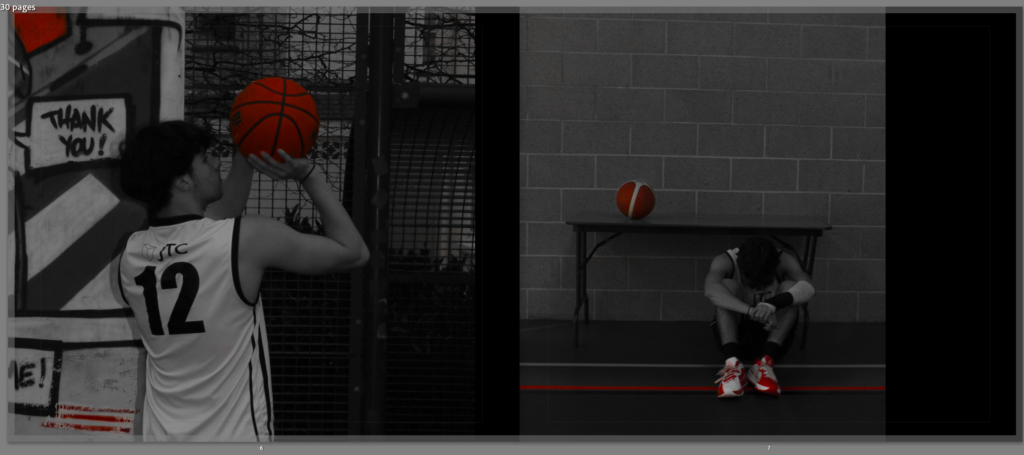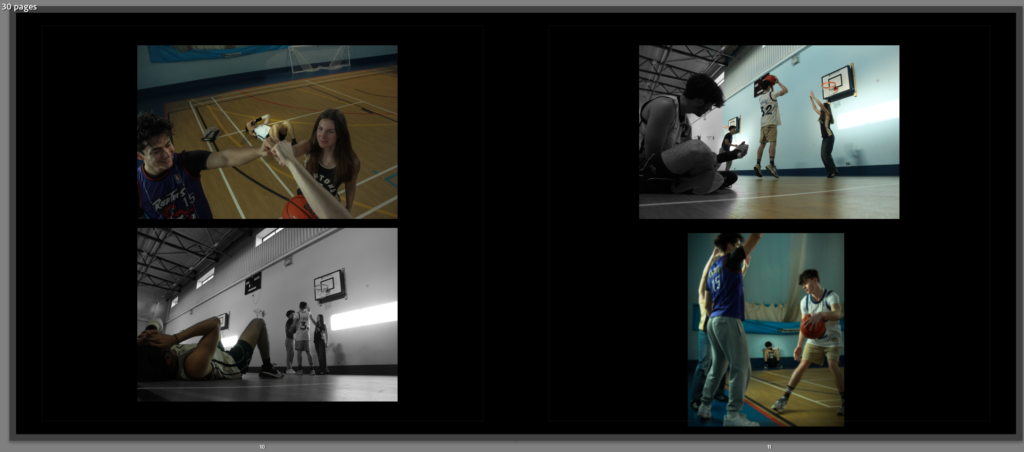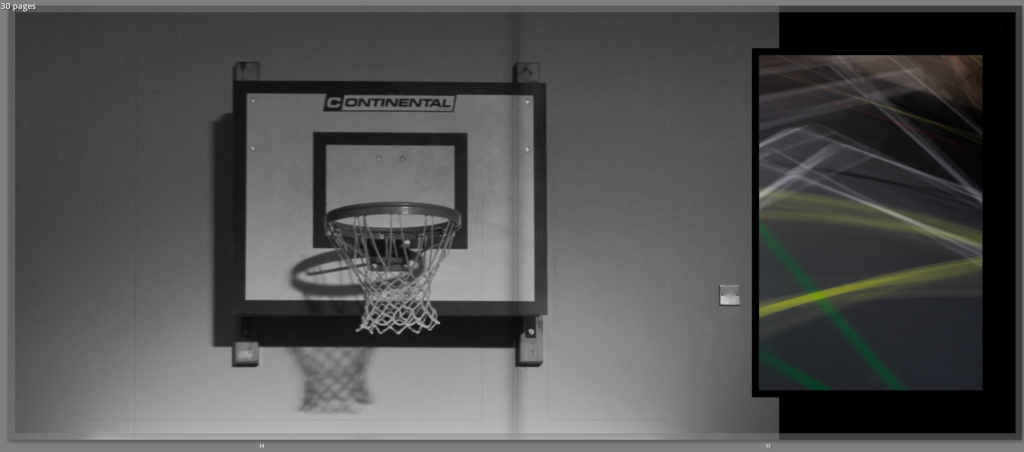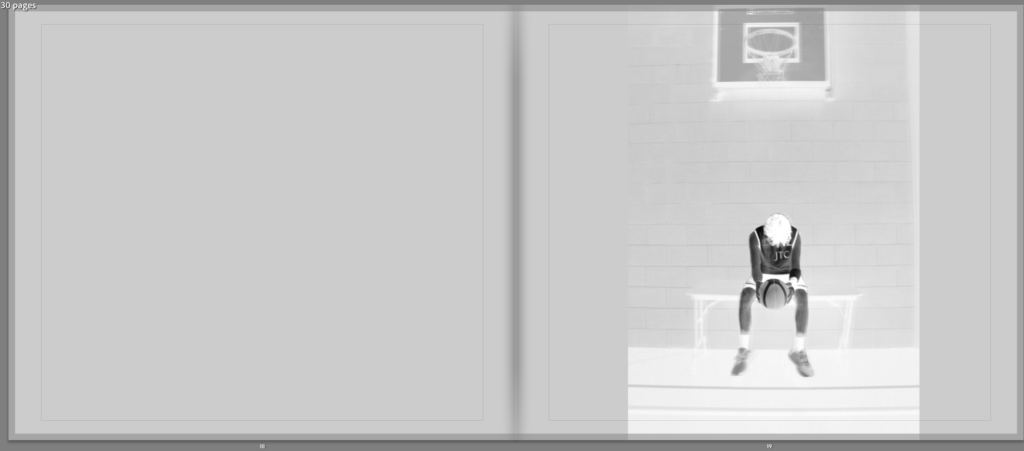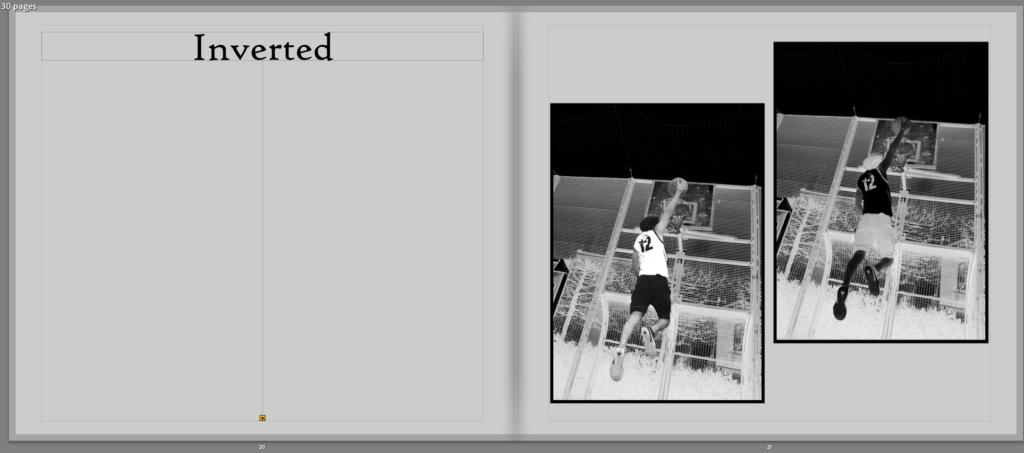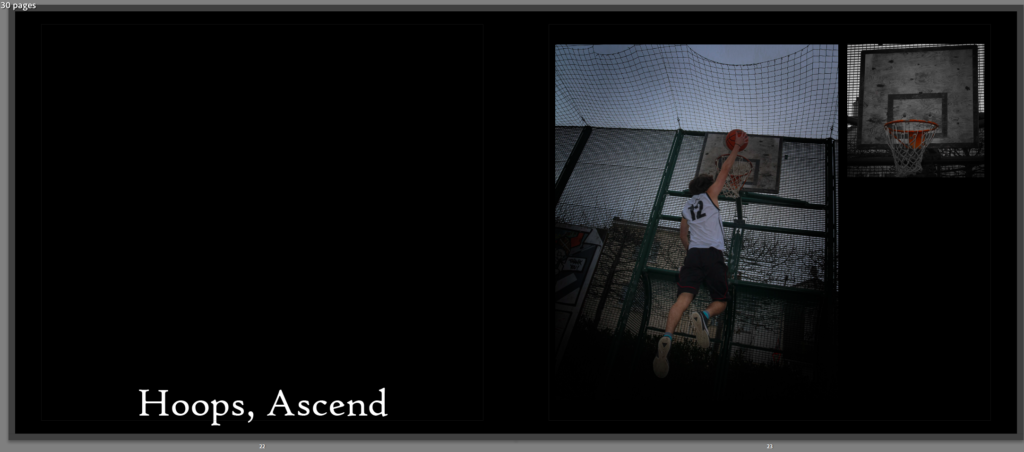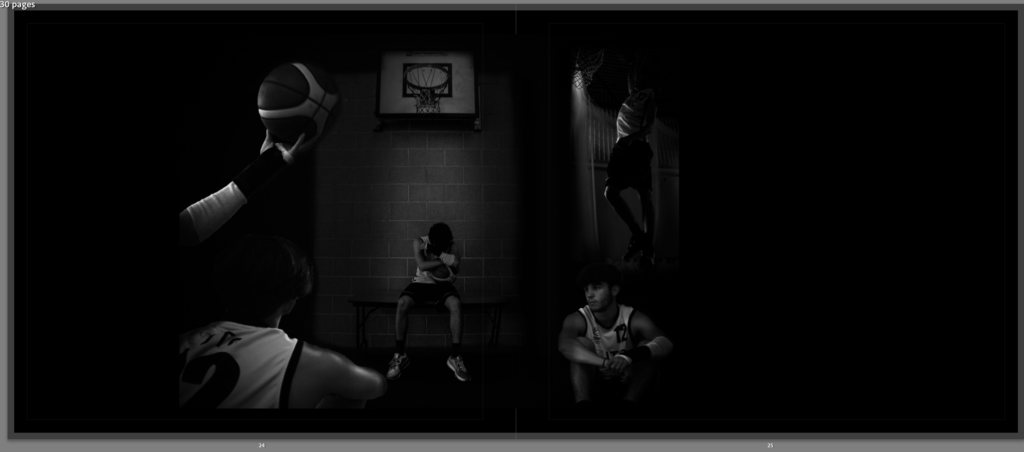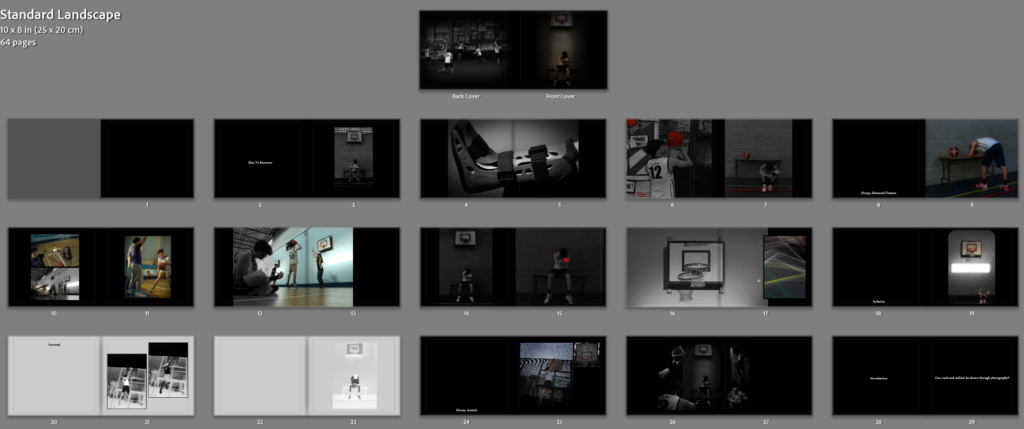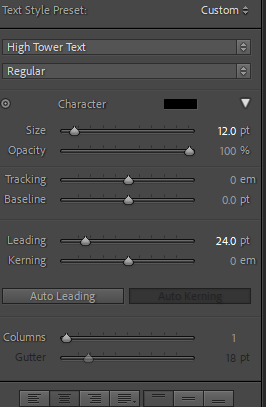Essay question
In what way have Sally Mann and Nan Goldin explored subject of family as our extensions of memory and identity?
Family photographs are special to many people because they help us remember important moments and even show who we are. They can capture every little special moment that might not feel like it is special but when looking back you realize it is, special moments like birthday parties, holidays, playing in the park, sitting together for dinner, everyday moments. People don’t realize how special a family photograph can be, it’s not just a random photo from the past but also a reminder of how good the moments were. In this essay. I’m going to explore in what way family photographs extensions of our memories as well as our identities with Sally Mann and Nan Goldin as my references. When looking at family images, we often have a feeling of warmth and sentimentality and remind us of happy moments with the people we love. Every little moment counts, for example, a photo of a family trip to the beach might make us remember the fun we had building sandcastles and chasing the waves. Taking photos from these little moments fills you up with great joy when looking back at them with your parents. Family images help us remember the small details we might have forgotten.
In the early days of photography, photography was carefully staged studio photographs that were recorded in high-resolution on large-format film. This type of photography was common up through the World War II years. Families would save up money, and go to a photo studio to have portraits made that would be cherished as precious family possessions. Family photography is the most popular category of photography. The family album has only just been included in survey histories of photography, despite the fact that the majority of individuals in the Western world have produced albums in one way or another, at least since the early 1900s until the early 2000s, when digital archiving took over.
Bull explores the relaxing potential of photography, specifically focusing on the role of family albums in personal and collective memory. Bull examines how photographs, particularly those passed down through generations, serve as powerful tools for emotional expression and healing, helping individuals navigate identity, grief, and trauma. Chalfen and Musello, among others, write about “regular” family albums. The 1965 book Un art moyen, written by French sociologist Pierre Bourdieu, was one of the first significant studies on family photography.
Sally Mann, a American photographer, known for taking lovely emotional photos of her own family. She made a book called Immediate Family showing images of her children growing up both in their playful, bright times and even serious, thoughtful times. When looking back at childhood pictures from your family is like reconnecting with the feelings and memories of those times. Just like Sally Mann photos reminds her of who she was and what herself and her family have experiences. Family images also represent our identities. They show where we come from and who we are connected with but also who were influences by such as our parents, siblings ad grandparents which tells us a story of our family’s history. Looking at photographs of family reunions with generations of family members can make you feel proud of our family’s traditions ad how everything has been passed down, which also might make you understand where you fit in the bigger picture of all generations. Looking back at baby pictures makes you realize how much you have grown and changed over time but still have that special family connection. Sally began opening boxes of photographs, letters, diaries, newspaper clippings and other papers that had been gathering dust in her attic, uncovering, as it were, family secrets. People were concerned about Sally Mann images of childhood injuries and naked baby photos which led some critics to challenge her right to record such scenes of distress.

S, Mann: Immediate Family, “Sorry Game”, 1989
Family photographs don’t only capture certain moments but also emotions, when you look at old photos you often remember how you felt at that time. Even though as you get older you don’t feel as exited to take images as when you were younger you always look back at them not regretting anything at all and just thinking about the fun you had while take them which then might make you start to appreciate the importance of these moments. Another American photographer, Nan Goldin, who took images of her own relationships in a personal way, showing strong emotions with her friends and family, capturing happy and difficult moments. She once said ‘I want to show people who they are, and I want to show them how they relate to other people, how they relate to their families, how they relate to their friends, how they relate to themselves.’ (Goldin) Our family pictures carry important lessons and emotion that help shape who we are and how we remember life.

N, Goldin: Self-portrait in the mirror, Hotel Baur Zurich, 1998
Sally Mann and Nan Goldin both explore themes of identity, and the human condition, often drawing from their personal lives and relationship. While Mann’s work often centres on her children and family life, capturing memory’s, decay and Goldin’s focus is on adult relationships, sexuality and trauma. Regardless the differences, Both photographers explore sexuality and relationships. In conclusion, photographs are an important aspect of family and our identity that capture special meaningful moments, just like Sally Mann and Nan Goldin photography.
Bibliography:
Bull, S. (2009). Phototherapy: The Family Album and Beyond
S. Mann (1992). The disturbing photography of Sally Mann

